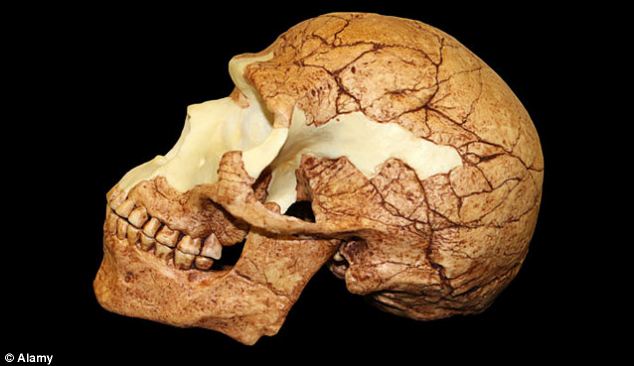
Fossilis uncovered in geographical regions and archaeological time zones they don’t belong to have fuelled creationist arguments. Some of these have yielded new information about our ancestry. Others have been revealed as fakes. Recently, a human skull unearthed in Sussex was found to be a forgery
Since the theory of evolution emerged in the 19th century, scientists have been faced with some surprising discoveries that have seemed to defy it. Perhaps the most puzzling have been fossils – and, in particular, human fossils – turning up in the ‘wrong’ place. Fossilised fingers and footprints uncovered in geographical regions and archaeological time zones they don’t belong to have fuelled creationist arguments and forced scientists to defend Charles Darwin’s widely accepted theory.
Some of these discoveries may yield new information about our ancestry. Others will undoubtedly be revealed as honest mistakes or, at worst, fakes. In one of the most famous examples of a fossil forgery, an apparently human skull was unearthed in the Sussex hamlet of Piltdown in the UK. From a series of finds starting in 1911, amateur archaeologist Charles Dawson pieced together fragments that were considered to be from a 500,000-year-old, big-brained human, dubbed Piltdown Man. At first, Piltdown Man’s oversized head led scientists to believe he was ‘the missing link’ between humans and apes.
But by the 1950s, it had become clear that Piltdown Man was a hoax. His ape-like jaw was not just ape-like – it once belonged to an ape and had been combined with a diseased human skull that radiocarbon dating revealed was less than 1,000 years old. Chemical analysis also showed that the skull was probably stained to make it look older. The original article appears in issue two of the brand new science magazine, Science Uncovered, on sale now. To find out more about the magazine,
No comments:
Post a Comment